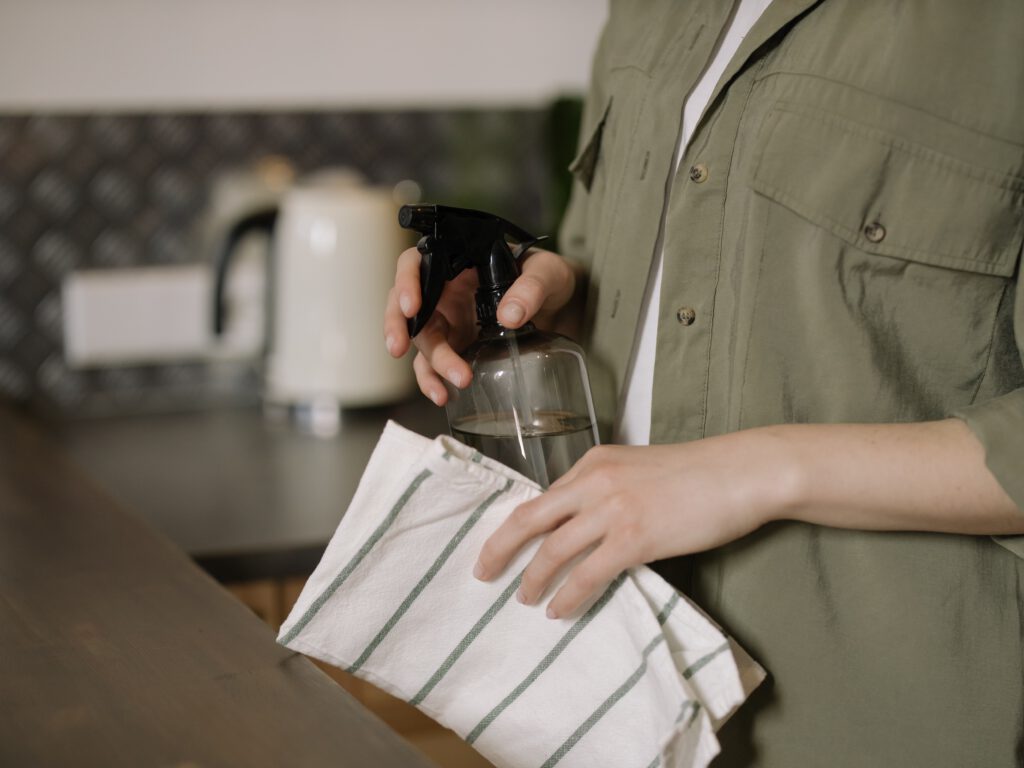Technologies like ultraviolet UVC cleaning systems have become popular ways to combat the bacteria, viruses, and molds that can accumulate within the HVAC system or on surfaces throughout a building. Before investing in any new technology, an important question is: Will it have a measurable impact on my company or home? The answer to this question usually requires some testing standards.
For example, many factors go into determining whether your HVAC system is healthy or not—from humidity levels to airflow rates and beyond. If you’re considering investing in UV cleaning equipment for your building, you might wonder about the latest standards related to these systems.

ATP test standards can be implemented in the installation of UVC cleaning systems as follows:
1. ATP test standard determines the microbial contamination in the indoor environment. It is used for quality control to ensure that the products are not contaminated and to maintain the sanitary conditions of the working environment. It is also used to monitor the effectiveness of cleaning and disinfecting processes and to evaluate the effectiveness of the control strategies implemented by the company.
2. It does not measure the types of pollutants commonly found indoors, such as formaldehyde and carbon monoxide. Building material may be tested for its non-volatile contaminants to measure indoor air quality. Non-volatile impurities, such as asbestos, lead, and cadmium, does not evaporate when exposed to the air. For example, the ATP test is not intended to determine the health effects of airborne microorganisms or their potential to cause disease.
3. Lastly, the ATP test can determine the presence and quantity of microorganisms in indoor air samples. The ATP test measures both viable and non-viable organisms in air samples, making it an effective indicator of microbial contamination in indoor environments. An ATP test sample consists of a small amount of a material that has been buffered with sodium acetate and incubated at room temperature for 24 hour
